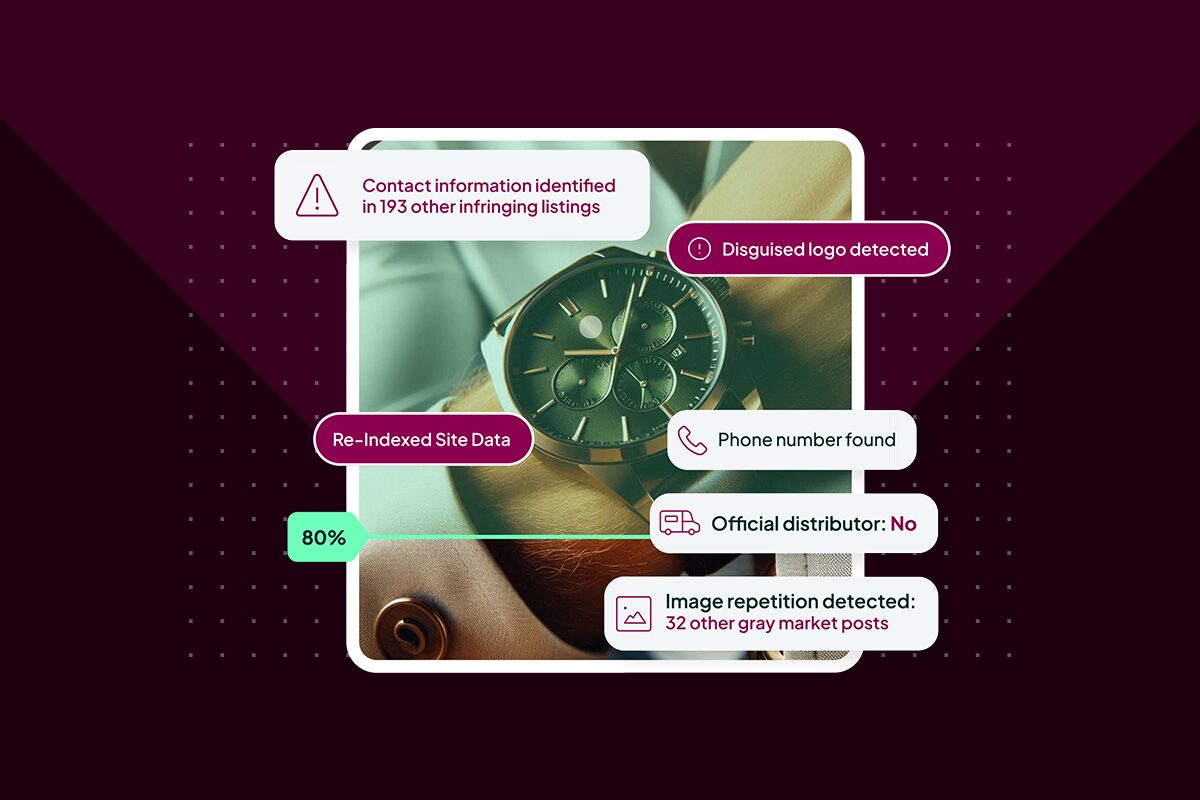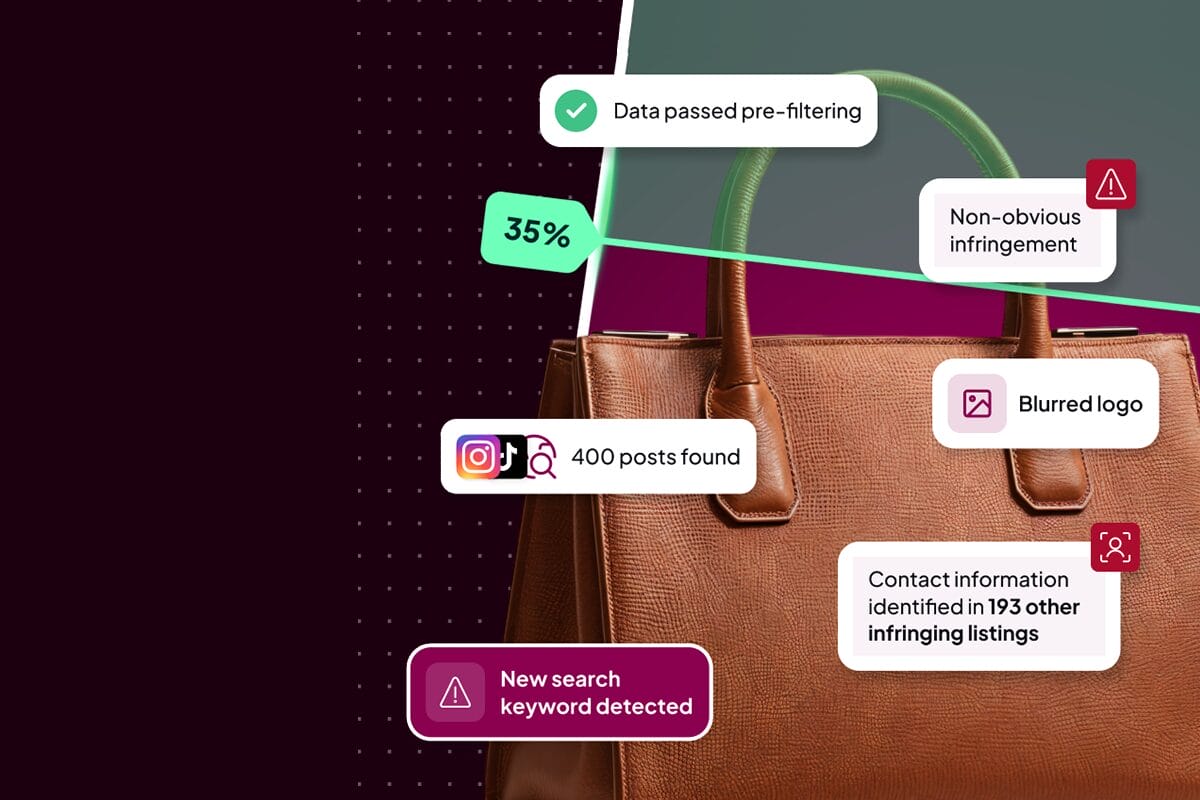Brand Protection Solutions. Reinvented.
Corsearch Zeal 2.0 – the AI-native Brand Protection platform engineered to do more than detect and takedown. It gives you real-time control, measurable impact, and the power to outsmart threats at speed and scale.
Speak to one of our experts
Find out how Corsearch can help you establish, monitor, and protect your brand with confidence.

- Instantly identify IP opportunities and threats
- Harness expertise and advanced AI to reduce cost
- Act fast using reliable data and intuitive dashboards
- Report effectively on the revenue you’re protecting
Corsearch is trusted by:
Corsearch is trusted by 5,000+ customers worldwide
Built for brands that need visibility, velocity, and verified results.
Clarity Where It Counts
Catch More. Miss Less.
Faster, Cleaner Enforcement
Proactive. Intelligence-Led. Built for Impact.
At Corsearch, we believe Brand Protection should be more than a reactive checklist of takedowns. Our approach is rooted in intelligence — combining an AI-native platform with real analyst insight to detect threats early, prioritize what matters, and take targeted action at scale. With Corsearch Zeal 2.0, we’ve redefined Brand Protection: automating routine tasks, surfacing high-risk infringements faster, and giving brands real-time visibility into how clean — or compromised — their online presence really is. This isn’t just about enforcement. It’s about enabling brands to make smarter decisions, act with confidence, and show measurable results.

AI With Purpose, Not Hype
Corsearch Zeal 2.0 is AI-native — designed from the ground up to solve today’s Brand Protection challenges with precision. Unlike platforms that bolt on automation, our technology interprets image, text, and context together. It finds disguised threats others miss, qualifies them in seconds, and triggers enforcement powered by clean, structured data — saving time and improving accuracy at scale.

Expertise Where It Matters Most
Our people make the difference. With one of the largest Brand Protection investigations teams in the world, Corsearch doesn’t just offer technology — we offer experts that deliver a strategic partnership centered approach. From decoding complex threats to refining your enforcement strategy, our experts work hand-in-hand with your team to ensure we deliver results that matter, not just activity.
Seamlessly Connected. Instantly Actionable.
Our trusted and recognized market expertise, supported by the largest customer base in the industry, means that we collaborate closely with online platforms. Whether it’s implementing proactive enforcement policies, gaining access to expedited reporting channels, or being the first provider to access exclusive platform APIs. Our relationships help us to remove illicit listings 46% faster than other vendors.




